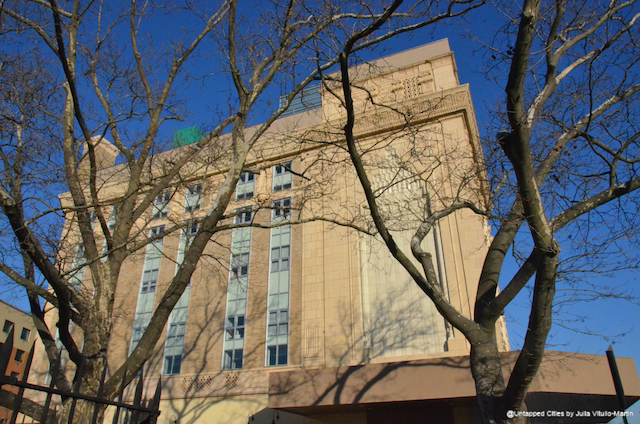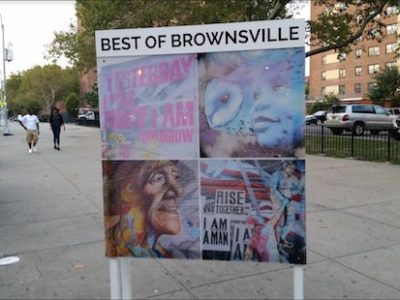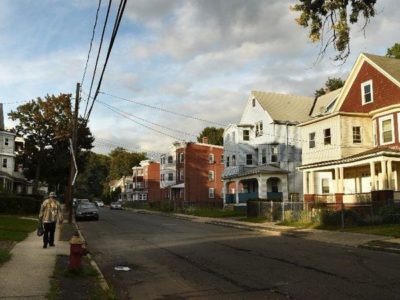
Is Brownsville Brooklyn—long regarded as one of New York’s most troubled neighborhoods—ready for its comeback? There are some hopeful signs. The once-gorgeous Loew’s Pitkin Theatre, which debuted in 1929 and closed in the late 1960s, has undergone a $43 million renovation by Poko Partners, reopening with an Ascend charter school on the top floors and retail on the ground floor.
Pitkin Avenue itself, Brownsville’s crucial commercial corridor, has a revitalized Business Improvement District, headed by lifetime Brooklynite Daniel Murphy. A handsome 12-unit condo building developed by Habitat for Humanity welcomed its new owners in April. The percentage of students performing at grade level in reading and math is increasing, allowing StreetEasy‘s ads for modest houses to confidently stress the “transformed public school system.”
And why not? Geographically, Brownsville is the next in line to receive the youngsters and members of the creative class (to use Richard Florida’s term) that helped pull Bushwick up from the economic devastation wrought by the arson and riots of 1977. If Bushwick, Brooklyn (despite high crime) can attract investment and income diversity then so, surely, can Brownsville. Indeed, the L train—which cuts in a straight line across Manhattan’s 14th Street, plunges under the East River, and emerges in Williamsburg-Greenpoint before rather jauntily swerving through Bushwick—shows the way.



